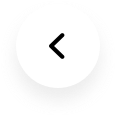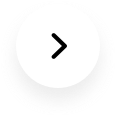China
Liu Wei (b.1972) was born and presently resides in Beijing, China. He was trained as a painter at the China Academy of Art, Hangzhou in 1996. Heavily influenced by the instability and fluctuation peculiar to twenty-first century China, in particular with respect to its physical and intellectual landscape. He belongs to the generation of artists – specifically, the Post-Sensibility group. In the years since, with his paintings, videos and large-scale installations Liu has become a singular presence on the global art stage. Post-Duchampian, and actively negotiating with the legacy of the Modern, his works are known for crystallizing the visual and intellectual chaos of China.
The large-scale installation “Greenbelt” made by Liu Wei is the latest artwork of the canvas works series “Jungle”. Liu Wei presented the large-scale canvas installation “Enigma of Enigma” (2014) in his personal exhibition “Color” held in 2015 in Beijing Ullens Center for Contemporary Art. From another perspective, the immersion work showed the universal meaning of “Jungle Law” embodied in the canvas works series “Jungle”. Tight canvas formed a maze with intricated and complicated paths. The sense of object overlaps with materials, constructing an experience for visitors. The work “Greenbelt” influenced by present global events points to a sort of meditation concerning comprehensive landscape: at present, the new and invisibale “Berlin Wall” that is beyond ideological opposition collapses again with its “invisibility” disappearing. However, everything fails to form a seamless and fluent entirety but becomes increasingly divided on the way of the internal heterogenization.
The Mystery of the Form——Review on Liu Wei’s Works
Dai Zhanglun
At first, light green, white, dark red and black are deeply imprinted on my mind.
—— Composition by Kandinsky, 1913
The single orange was the only light.
——Egon Schiel, 1912
We usually forget that at first we “speak out” the “point” instead of speaking in form and failing to reveal the “point”. The form is a hideout, but it is also a free place to speak out the point of works. However, only when the speaker speaks in form (or speak out in an accurate way) can the point be expressed freely. We speak out the inaccurate point in a free form and the point will be expressed in an accurate way.
The vision is the most direct but the most difficult form to speak out the point. The color is the most frequently used and the hardest way of vision to express the point of artists. The difficulty does come from choosing the right color for the artist’s work rather than knowing the point of different colors. Therefore, Kandinsky said that “When the light blue turns darker, the darker one would inspire or call upon people to go though the infinite. While the light color turns lighter and even white, it would inspire or call upon people to go though the silent. ” Darker blue and white, Kandinsky thought, would be used to paint his works which he were intended to express peace and silence with.
Liu Wei’s exhibition named as “The Color” expresses his artistic idea in a most ancient, most direct and most mysterious way. All visitors are judges of vision. They thought in observation instead of observing in thought. “For me, facing this wall is like standing in the Time Square with changing images in the screen…However, I do not see the individual image but those color lumps. The color lumps are all impress me.” When Liu Wei feels heavily depressed by something, he chooses color lumps to express his emotion. The Time Square symbolizing a huge wealth, for Liu, is what depresses him. In his works, color lumps mean the presence as well as diffusion.
It is required that all forms should be separated from reality; for most of the time, truth is hidden in reality. Truth is not epiphanic in the reality, rather, it has been shadowed in the misted and chaotic real life. Malevich has said that, “The mask of life hides the true countenance of art. art is not to us what it could be.” We have already been more familiar with the notion of “life imitates art far more than art imitates life” and it seems really absurd and incomprehensible for us to understand Malevich’s idea. For us, it is not easy to figure out the complexity of reality and it is far more difficult to find an accurate way to express the truth of reality. Therefore, artists at first need to set a proper distance from reality, which requires diffusing, separating and tearing-up. Traditionally, tearing up is an obvious way of redemption, damaging and opening. In the sense, Crucifixion is set a proper form of separation and gains a sense of distance. The object is intentionally tore up and gains a form of continuous speaking-out to be uttering present. No matter whatever its name is, visitors can feel the pain of the wound caused by the tearing-up — though they can not accurate what the wound is. This is the liberation of the object and the freedom of the point.
In 1912, Egon Schiel was arrested for seducing a young girl below the age of consent. While in prison, Schiele created a series of twelve paintings depicting the difficulties and discomfort of being locked in a jail cell. In the small and dreary cell, he drew a watercolor sketch: a closed door of the cell and an orange on the bed. He wrote down what he felt below the sketch, “The single orange was the only light.” Schiel was entrenched in the dreary prison cell and at that time the form served as a light and a hope. While Liu Wei’s “color” creates a mystery for the form itself more than just exploring the complexity to get the answer of reality.









